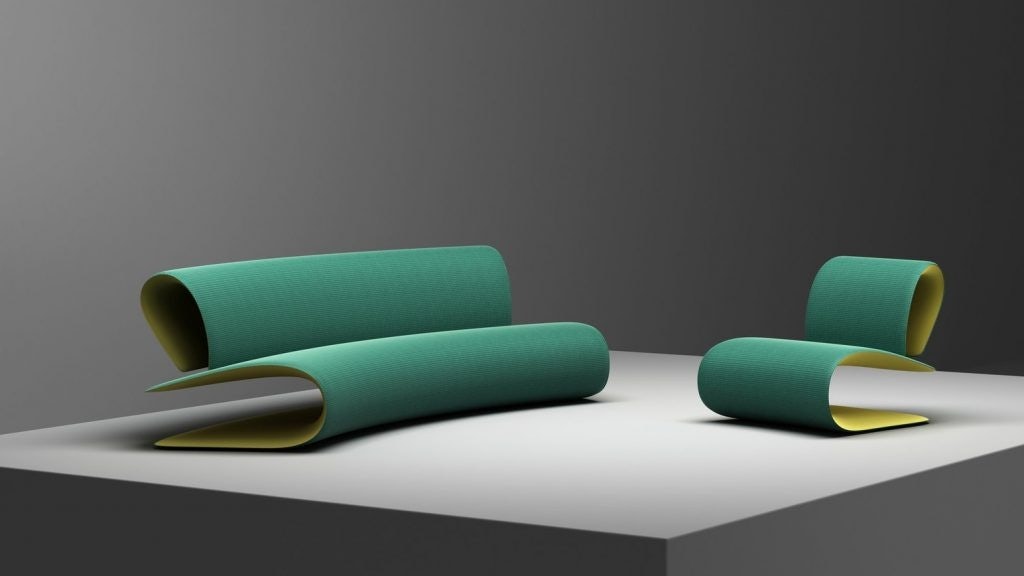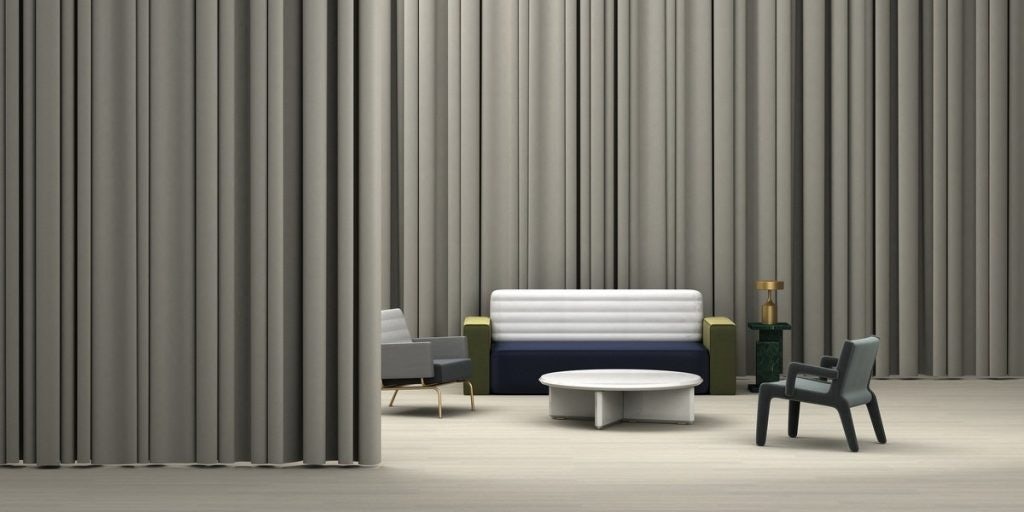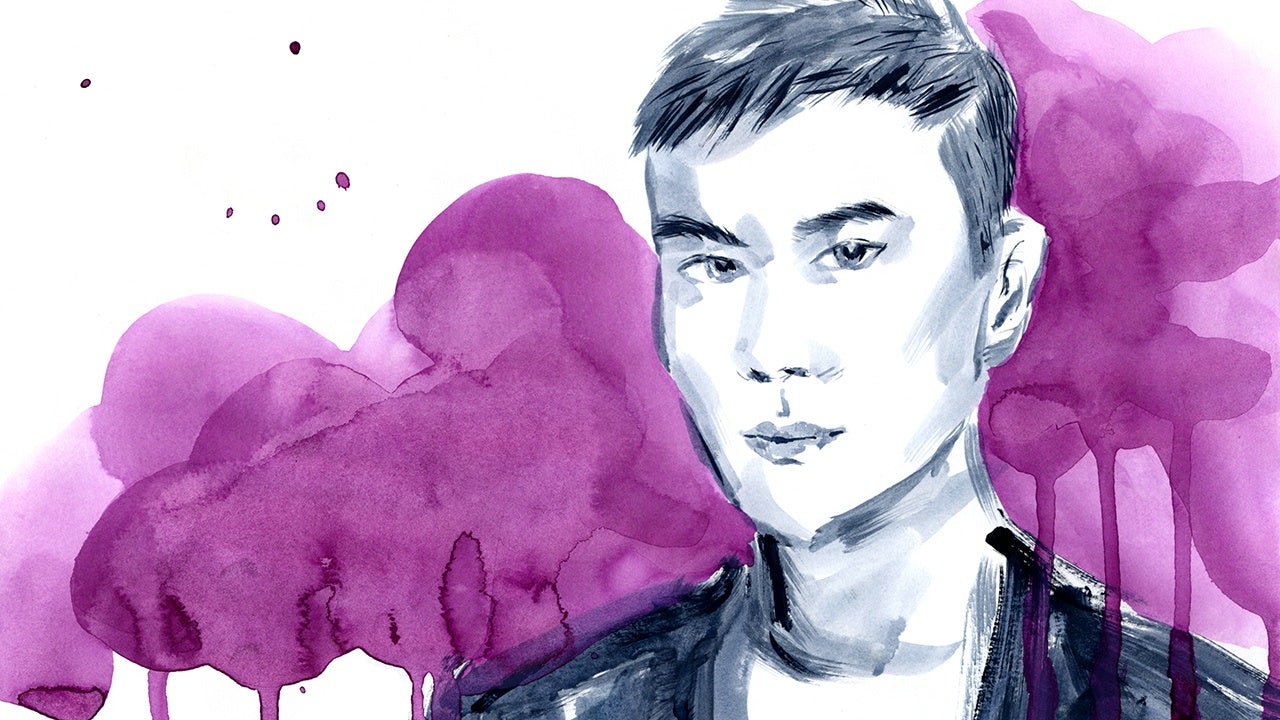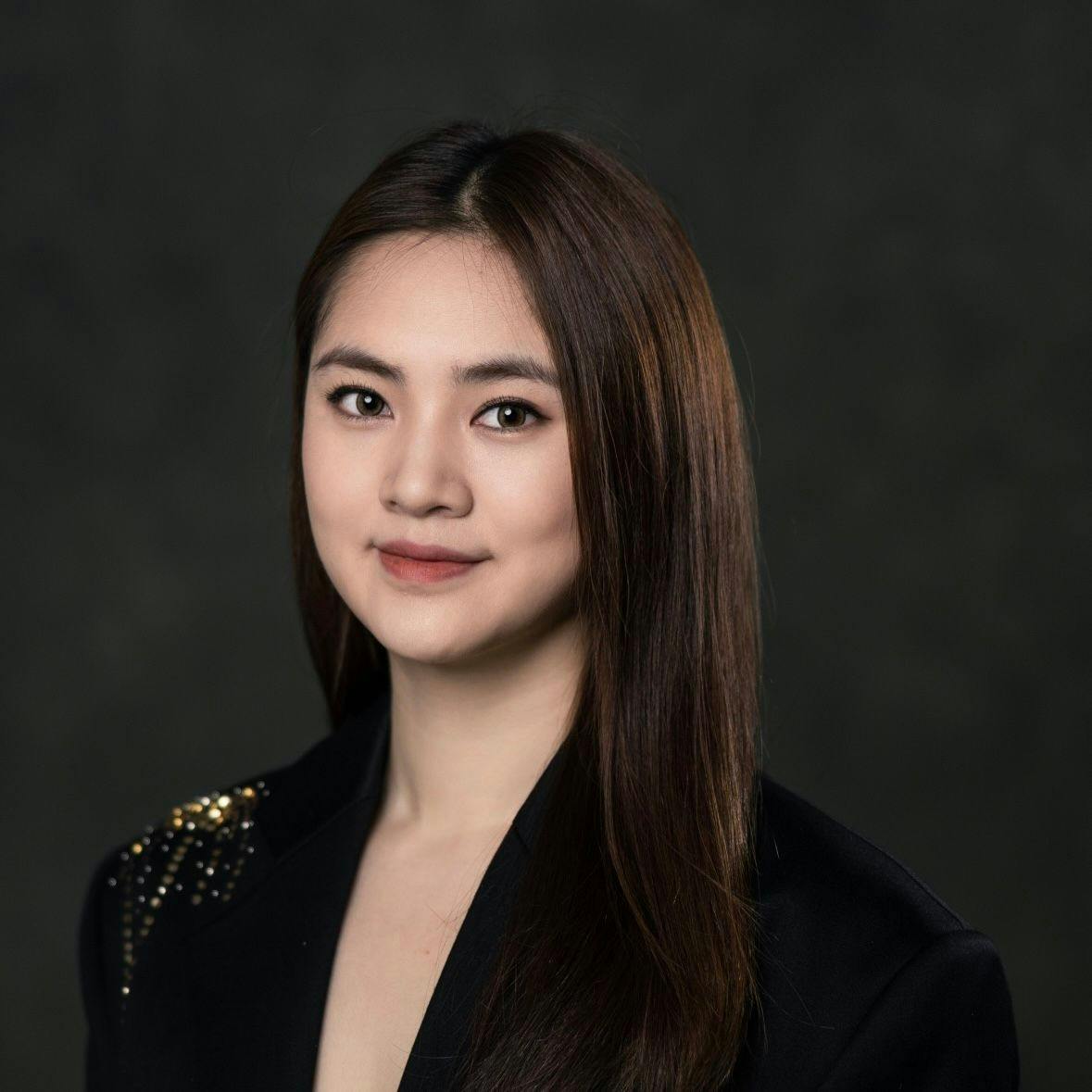Frank Chou, founder and creative director of Frank Chou Design Studio, is the next star to be welcomed into the Jing Daily community of individuals shaping China’s booming luxury industry. These profiles highlight industry leaders who contribute to the national and global fashion communities, from creatives and influencers to business executives and entrepreneurs.
This year marks the 10th year of Frank Chou Design Studio — and a decade that coincides with the rapid development of China's homeware industry. As consumers of home decor tend to be younger, the consumption mindset and style preferences of this group have brought new opportunities and challenges to the sector.
After working in Europe for several years, Beijing-born designer Frank Chou has a different understanding of the modernity of design. His cross-cultural background gives him a unique perspective when looking at the differences between the East and the West, driving him to find balance. With this in mind, he has been dedicated to exploring representations of contemporary China that are synchronized with the world.
For the past decade, Frank Chou Design Studio has been committed to capturing the essence of materials and things, creating elegant and significant design pieces. Chou's unremitting exploration in the field of product design has also been recognized by the industry; he won the SaloneSatellite Design Award at Milan Design Week in 2016, and was named a new designer in China at the MAISON & OBJET Paris Fashion Home Show in 2019.
In addition to working on his personal brand, Frank Chou Collection, Chou has collaborated with renowned design brands in China and abroad both as a designer and a strategic consultant. He is the first Chinese designer to collaborate on the Louis Vuitton Objets Nomades collection, debuting his Signature Armchair and Sofa at Design Miami 2021. Inspired by the layering of terraced fields in Yunnan, China, and the naturally sculpted forms of texture of Antelope Valley, Arizona, the series features elegant flowing curved lines.

During Milan Design Week 2022 from June 7 to 12, Chou once again brought the collection to the Milan Furniture Fair. Before he left for Italy, the young designer gave Jing Daily a behind-the-scenes look at how the homeware industry has changed over the past decade and his partnership with Louis Vuitton.
In the past decade, what changes have you observed in China's homeware industry?#
In any country, homeware is a fairly iconic industry. However, it is usually in a relatively lagging position compared to other sectors.
Homeware is significantly driven by consumers’ self-awareness. When people really pay attention to themselves, rather than being defined through the lens of others, the industry will undergo qualitative changes. At the same time, this generally also marks the social material and spiritual level that has entered the stage of a developed economy.
Therefore, in the past 10 years, China's homeware industry has gradually entered the growing stage. Behind it, we can tell that the manufacturing sector of China's home decor has gradually shifted from a state of production or imitation to a state of making original designs. We tend to think deeply about our real life, not just to sell a commodity. Meanwhile, local shoppers have also begun to truly enter a stage of pursuing their desired lifestyles through consumption. I think the past decade was the beginning of China's homeware industry boom. Of course, this is just the beginning.
Who are the consumers of the Frank Chou Collection? What are their characteristics?#
Frank Chou Collection is actually an experiential project. We want to integrate some content from a wider field, and it is currently in a state of development. Our consumers are grouped on a subconscious level, and there is actually no clear definition for them.

Chinese traditional and contemporary cultural images are common in your works. How do you view Eastern and Western design languages and how do you handle the relationship between the two in your creations?#
Actually, I don't think we can substantially understand the West. There must be an understanding and perception of Chinese culture in our design, but there might not be a thorough understanding of the West. This part is not so much "Western," but more precisely modern, and modern is not completely equivalent to the West.
As the first Chinese home furnishing designer to collaborate with Louis Vuitton, what motivated you to partner with the brand?#
I think it was because some of our designs or pieces caught the attention of Louis Vuitton in the first place. Then, in the process of bringing these works to storefronts, the brand gradually deepened their understanding of us. So, when Objets Nomades proposed this collaboration, we were naturally very excited to be part of this project.
How do you understand the Louis Vuitton Objets Nomades collection and how does it relate to its fashion collection?#
The design of the Louis Vuitton Objets Nomades is inspired by the brand's "art of travel" and a reinterpretation of its essence. Fashion may seem disconnected on the surface, but the bottom layer is exactly the same. Whether it is clothing, products or space, they are all in their respective fields to build a unique spirit. They do not have a subordinate or sequential relationship with each other, so they should not be related on the surface, but the bottom layers of them are actually interlocked.
What new experiences and expectations do you have with the home collection designed for Louis Vuitton at the Milan Furniture Fair this time?#
I think this time is a big challenge for us, because everything we face is unknown without any reference and experience. We may be one of the few designers who can collaborate with the world's top brands on product design. Product design is the core layer of the front-end for brands and enterprises, involving core content such as strategy, mass production, cost, and branding, rather than the back-end application design at the marketing or market level. So in fact, we need to do a lot of studying, preparing, investigating, and docking, as well as meeting Louis Vuitton and exceeding their expected understanding and mastery of the above aspects.
This time in Milan, though the design-related work has been completed, it’s just part of my work, as I need to continue to cooperate with the brand team to jointly shape and convey the brand value spirit and concept through this product.
In addition to being a designer, you also have multiple identities such as curator and studio manager. How do you view the relationship between these identities?#
First of all, I think the identity of the studio manager is a must, as it is the foundation of a studio. We need to build a strong team to achieve challenging goals. At the same time, the team needs outstanding management concepts and approaches to support. Of course, none of this can be done alone. These are the results of our team members.
As a curator, what I want to emphasize in this regard is that I only focus on exhibitions that can profoundly make a difference. Because I think that I curate exhibitions in order to solve some problems in a hidden way. In fact, this is completely a design logic. Therefore, curation is essentially design in my opinion.

